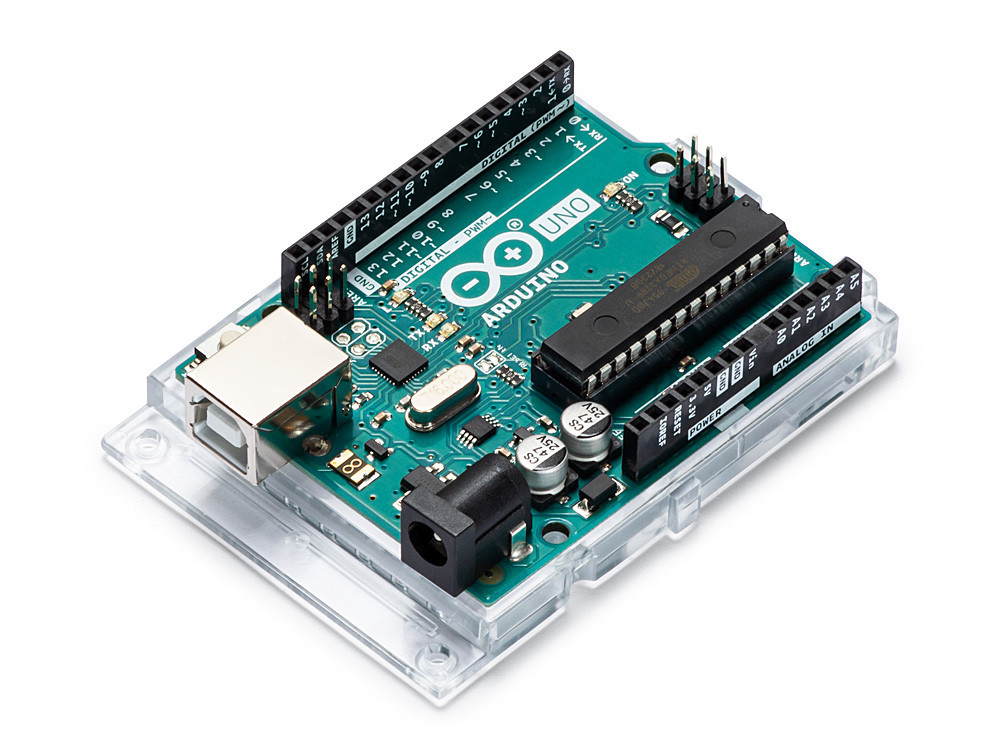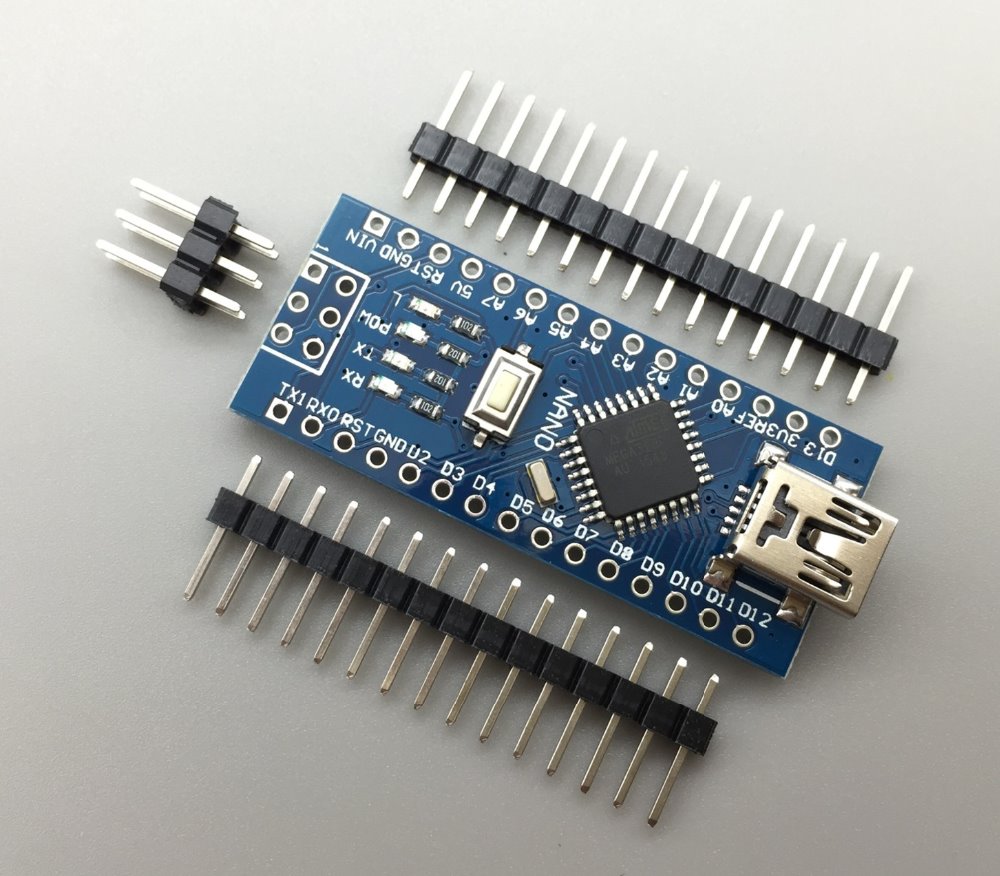Feather is the new development board from Adafruit, and like it's namesake it is thin, light, and lets you fly! We designed Feather to be a new standard for portable microcontroller cores. This is the Adafruit Feather HUZZAH ESP8266 - our take on an 'all-in-one' ESP8226 WiFi development boardwith built in USB and battery charging. Its an ESP8266 WiFi module with all the extras you need, ready.
Arduino Nano Usb Driver Mac
There are a few variants of the USBAsp, mostly they work the same and need the same drivers.
This guide is for the ones that look like this, but as I say mostly they work the same so try it anyway.
Linux Drivers
- CH341SER Driver. The latest official driver of chip CH340/CH341, including windows, android, linux and macOS. Both the CH340 and CH341 can realize the function of USB to serial port, and their drivers are the same.
- CH340 Drivers for Windows, Mac and Linux The CH340 chip is used by a number of Arduino compatible boards to provide USB connectivity, you may need to install a driver, don’t panic, it’s easier than falling off a log, and much less painful.
- It's pretty straightforward. Click the driver link below and download the appropriate driver, which will probably be the 64 bit for Mac. The 32 bit would likely work too. FTDI Driver Link Click the link and download the file for Macs. Find the file (it's a.dmg file as shown in the screenshot above), click on it, and it should then install.
Your system should already have the necessary driver, but might need a tweak to allow non-root users to access the USBasp
Create a text file /etc/udev/rules.d/99-USBAsp.rules and inside that file put the following single line
SUBSYSTEM'usb', ATTR{product}'USBasp', ATTR{idProduct}'05dc', ATTRS{idVendor}'16c0', MODE='0666'
this is tested on my Ubuntu systems, your milage may vary, you probably need to restart udev (/etc/init.d/udev restart), or just reboot.
Google is your friend.
Mac Drivers

Nope, I don’t think you need any, it will probably “just work”.
Windows Drivers
Windows is of course the bothersome child, but it’s not too hard once you know how.
You need to install “libusb”, the simplest way to install is to use the “Zadig” software, first download it…
Now connect your USBAsp and run the Zadig program. In the Zadig window a drop-down shows all the found devices which it might be able to help with and hopefully USBasp is in there.
If it’s now shown in the drop down, try selecting “List All Devices” from the Options menu
now in the area on the right side of the arrow, you will see some little up and down arrows, this selects the driver to install for that device, on the left of the green arrow is the driver already installed for that device if any. You probably want to select “libusbK” if it is available on the right of that green arrow.
But you can always run zadig again and try a different driver if you have no luck the first time.
The Zadig website is here, Zadig is GPL open source software.

Troubleshooting Windows
If you get a message like “could not find USB device with vid=0x16c0 pid=0x5dc”
This probably indicates that zadig (or you) selected the wrong driver, re-run zadig and try a different one, typically at least for a 64bit system, libusbK is what you want.
If the zadig install times-out and says it failed to install

Arduino Usb Driver Mac Download
Don’t worry just reboot (you might not be able to quit Zadig, doesn’t matter, just reboot), it probably worked anyway. Try again if not.
If you don’t see USBasp in the devices list in Zadig
Remember to plug in your USBasp before starting Zadig, and select Options > List All Devices in zadig’s window in case it think’s it’s already installed.
Arduino Usb Driver Com Port
